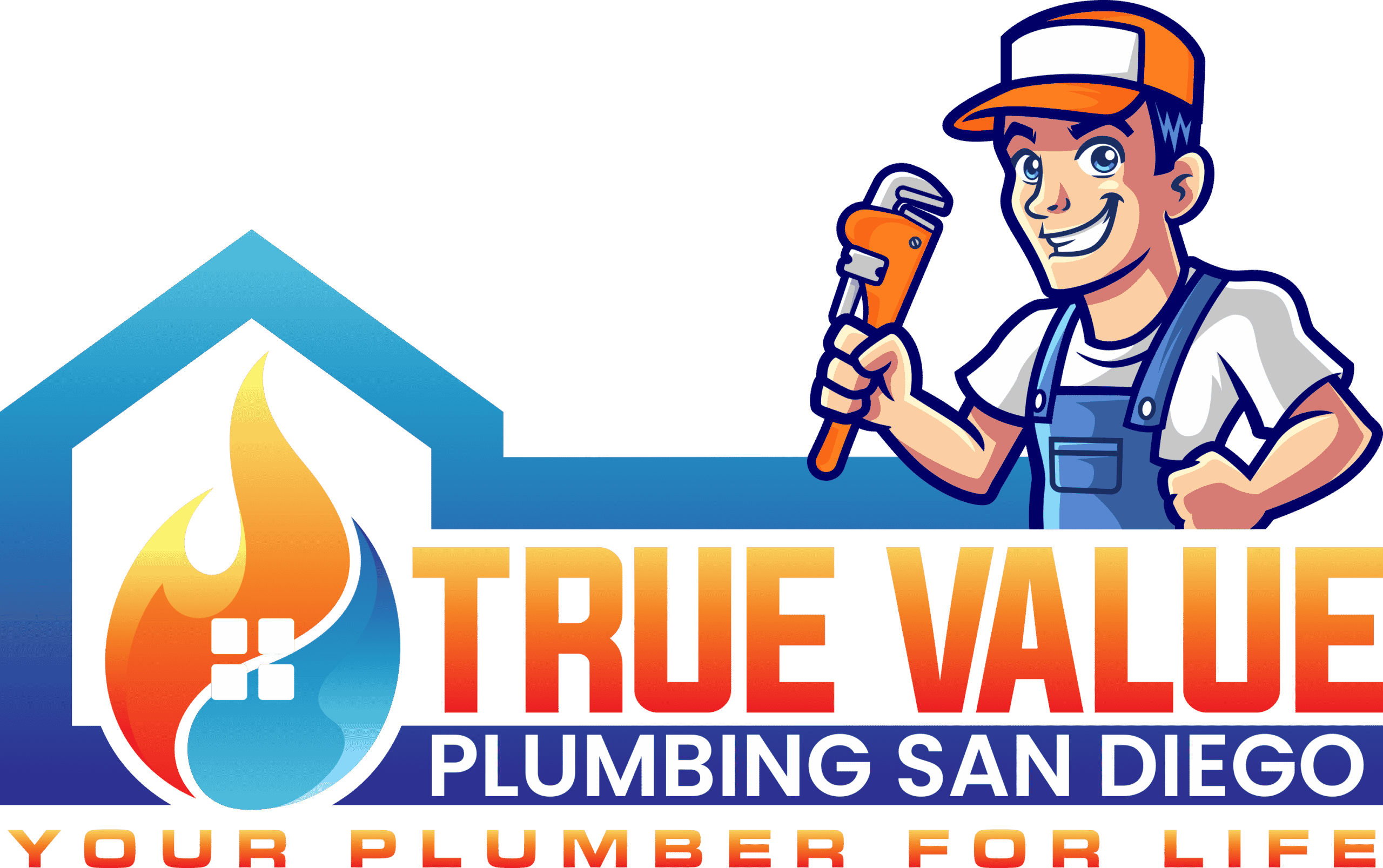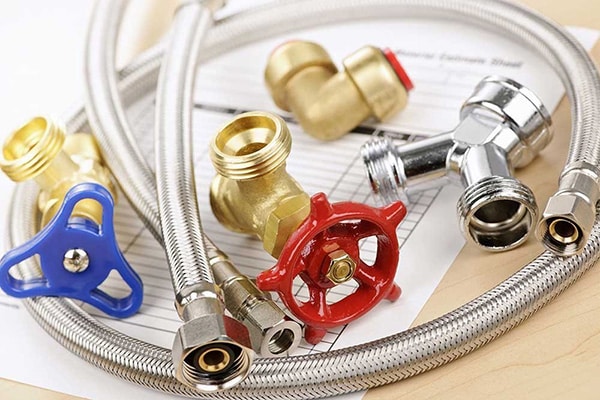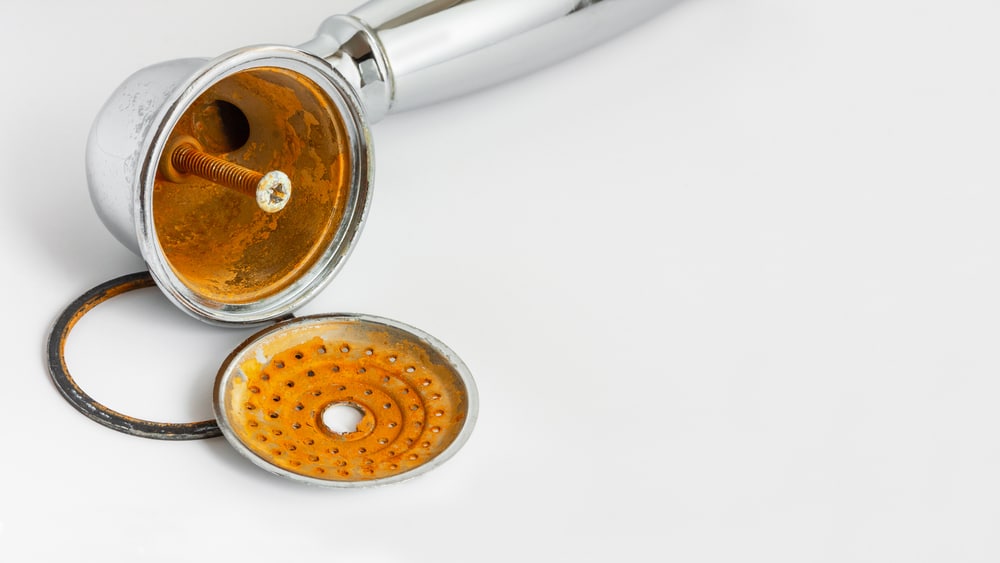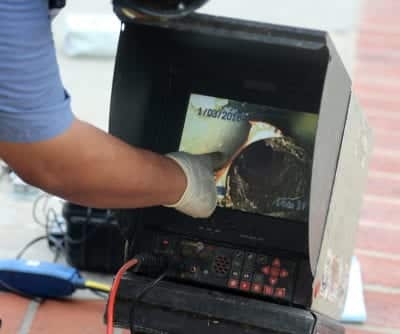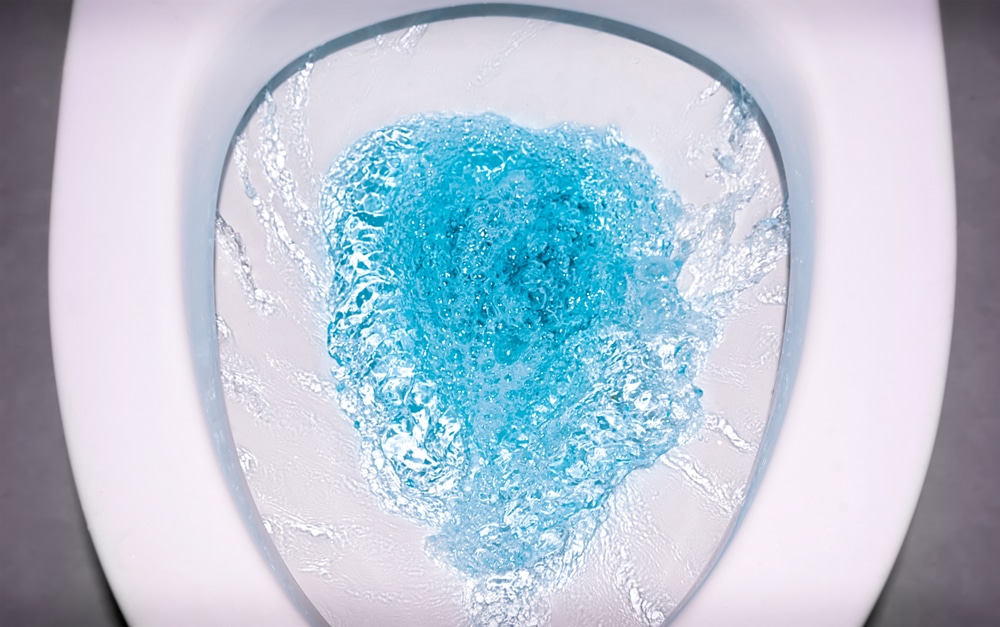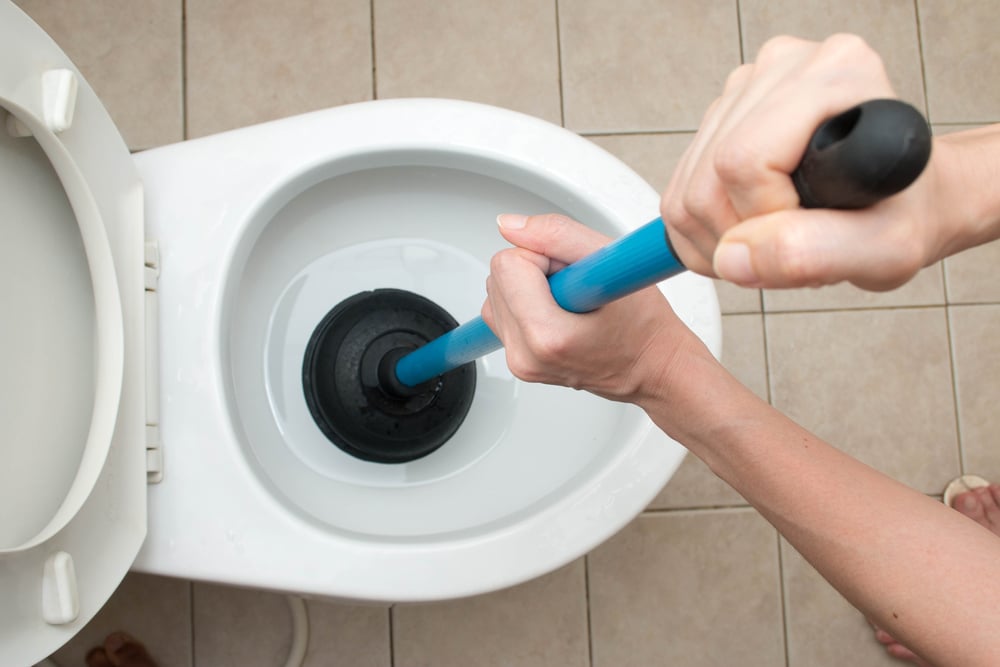Plumbing problems can be a real nightmare for homeowners, causing inconvenience and costly repairs. From leaky faucets to clogged drains, plumbing issues can arise at any time and leave you feeling frustrated. However, with a little bit of knowledge and some basic tools, many common plumbing problems can be fixed easily and quickly. In this article, we will take a look at some of the most common plumbing problems you may encounter and provide you with simple solutions to tackle them. So, whether you’re dealing with a dripping faucet or a backed-up drain, read on to learn how to solve these pesky plumbing problems and keep your home running smoothly.
Leaky Faucets and Pipes
Leaky faucets and pipes are among the most common plumbing problems that homeowners face. Not only can they be annoying, but they can also lead to higher water bills and even water damage if left unchecked. Fortunately, fixing a leaky faucet or pipe is a relatively simple task that can be done with just a few basic tools.
To fix a leaky faucet, start by turning off the water supply to the affected faucet. Next, remove the handle and the packing nut using a wrench. Once you’ve removed the packing nut, you should be able to see the stem of the faucet. Check the washer at the end of the stem for signs of wear or damage. If the washer is damaged, replace it with a new one. Finally, reassemble the faucet and turn the water supply back on.
If you have a leaky pipe, start by turning off the water supply to the affected area. Next, use a wrench to tighten any loose connections. If the leak is coming from a joint, you may need to replace the seal or use a pipe wrench to tighten the joint. If the pipe is damaged or corroded, you may need to replace it entirely.
Clogged Drains and Toilets
Clogged drains and toilets are another common plumbing problem that can be frustrating to deal with. Fortunately, there are several solutions that you can try before calling in a professional plumber.
For clogged drains, start by using a plunger to try and remove the blockage. If that doesn’t work, try using a drain snake to remove the clog. You can also try using a mixture of baking soda and vinegar to break up the blockage. Simply pour a cup of baking soda down the drain, followed by a cup of vinegar. Let the mixture sit for a few minutes before flushing the drain with hot water.
If you have a clogged toilet, start by using a plunger to try and remove the blockage. If that doesn’t work, try using a toilet auger to break up the clog. You can also try using a mixture of dish soap and hot water to loosen the blockage. Simply pour a cup of dish soap into the toilet bowl, followed by a few cups of hot water. Let the mixture sit for a few minutes before flushing the toilet.
Low Water Pressure
Low water pressure can be a frustrating problem, especially when you’re trying to take a shower or wash dishes. Fortunately, there are several simple solutions that you can try to fix the problem.
Start by checking the water pressure regulator, which is usually located near the main water supply valve. If the regulator is damaged or malfunctioning, you may need to replace it. You can also check the aerator on your faucet to see if it’s clogged with mineral deposits. If it is, remove the aerator and clean it with a mixture of vinegar and water.
If neither of these solutions works, you may have a leak or blockage in your pipes. In this case, you may need to call in a professional plumber to diagnose and fix the problem.
Running Toilets
A running toilet can be a major inconvenience and can lead to higher water bills if left unchecked. Fortunately, fixing a running toilet is usually a simple task that can be done with just a few basic tools.
Start by removing the lid from the toilet tank and checking the flapper valve. If the flapper valve is worn or damaged, it may be allowing water to leak from the tank into the bowl. Replace the flapper valve with a new one if necessary.
If the flapper valve is not the problem, check the water level in the tank. If the water level is too high, adjust the float to lower the water level. You can also try cleaning the fill valve to remove any mineral deposits that may be causing the valve to malfunction.
Water Heater Issues
Water heater issues can be a major problem, especially if you rely on hot water for your daily routine. Some common water heater problems include not enough hot water, a leaking tank, and strange noises coming from the tank.
If you’re not getting enough hot water, start by checking the thermostat on the water heater. Make sure it’s set to the appropriate temperature (usually between 120 and 140 degrees Fahrenheit). You can also try flushing the tank to remove any sediment that may be causing the problem.
If your water heater is leaking, turn off the power supply and the water supply to the tank. Call in a professional plumber to diagnose and fix the problem.
If you’re hearing strange noises coming from your water heater, it may be a sign of sediment buildup in the tank. Try flushing the tank to remove the sediment and see if that solves the problem.
Frozen Pipes
Frozen pipes can be a major problem, especially in colder climates. If you suspect that your pipes are frozen, turn off the water supply to the affected area and open the faucet to relieve pressure. You can also try using a hair dryer or heat lamp to thaw the pipes. Do not use an open flame to thaw the pipes, as this can be dangerous.
Once the pipes have thawed, check them for any signs of damage. If the pipes are damaged, call in a professional plumber to diagnose and fix the problem.
DIY Fixes for Common Plumbing Problems
While some plumbing problems require the expertise of a professional plumber, many common problems can be fixed with just a few basic tools and some DIY know-how. Here are a few tips for tackling common plumbing problems on your own:
- Keep a plunger and a drain snake on hand for clogged drains and toilets.
- Use a mixture of baking soda and vinegar to break up clogs in drains.
- Use a mixture of dish soap and hot water to loosen clogs in toilets.
- Replace worn or damaged washers and flapper valves to fix leaky faucets and toilets.
- Adjust the water level and clean the fill valve to fix running toilets.
When to Call a Professional Plumber
While many common plumbing problems can be fixed on your own, there are some situations where it’s best to call in a professional plumber. Here are a few signs that you may need to call in the experts:
- You have a major leak that is causing water damage.
- Your water heater is leaking or not working properly.
- You have frozen pipes that you can’t thaw on your own.
- You have a sewer line backup that is causing sewage to back up into your home.
Conclusion and Maintenance Tips for Preventing Plumbing Problems
Plumbing problems can be a hassle to deal with, but with a little bit of knowledge and some basic tools, many common problems can be fixed easily and quickly. Remember to keep a plunger and a drain snake on hand, and don’t be afraid to tackle minor plumbing problems on your own.
To prevent plumbing problems from occurring in the first place, make sure to:
- Insulate your pipes to prevent freezing in colder climates.
- Fix leaks and clogs as soon as they occur.
- Have your water heater serviced regularly to prevent issues from arising.
- Avoid flushing anything other than toilet paper down your toilet.
- Dispose of cooking grease properly to prevent clogs in your drains.
By following these tips, you can help prevent plumbing problems and keep your home running smoothly.
